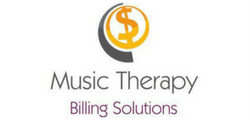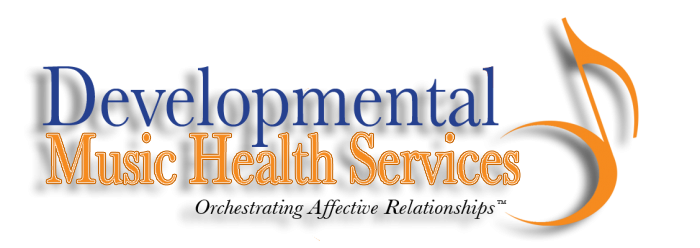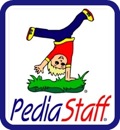One of the most common goals music therapists address are attention goals. For example:
- Goal: To increase attention span.
- Goal: To promote on-task behavior.
- Goal: To improve attention to task.
- …and so on.

Attention. It’s a basic yet foundational skill. The ability to focus and pay attention is a precursor to a host of other cognitive skills (another foundational skills is crossing the midline, which I wrote about here).
We are constantly being bombarded by stimulation: sights, sounds, smells, feels, touches, etc. In order to function, we need to be able to pay attention to certain stimuli of our choosing and ignore the rest of what’s going on. Most of us have this skills developed (some better than others!) but for various reasons, our clients struggle.
But did you know there are four different types of attention? Each has it’s own function and purpose. And as a therapist, it’s important to understand the four different types of attention so we know what is most appropriate to address with our clients.
The 4 types of attention are:
- Sustained Attention, or the ability to focus on a specific task for a continual amount of time. My favorite way to work on this is by using a basic start-stop experience. The clients play when I play and stop when I stop. The beauty of this intervention is that there are SO MANY variations to simplify or increase the difficulty of this task. Group participants can take turns being the “leader.” The MT-BC can make the “stop” locations easy (e.g. at the end of a phrase) or more difficult (e.g. in the middle of the phrase). You can make it a movement-based experience, not just an instrument-playing one. There are no limits to the variations you create.
- Selective Attention, or the ability to focus on certain stimuli while ignoring distractions. The classic example is being able to focus on a conversation in the middle of a loud party. It can be a difficult skill to develop. This is one I do not often address with my clients. They are so easily distracted that I am just trying to get them to focus, period. One way to target selective attention is by instructing a group of clients to copy your rhythmic pattern on a drum. Your rhythmic pattern will change, so they have to continue to pay attention and match you (sustained attention). Another therapist or staff member attempts to distract the group by playing a different rhythm or a different instrument. The clients need to maintain their focus on the task while ignoring the distracting stimulation.
- Alternating Attention, or being able to shift your focus between two different tasks with different cognitive demands. For example, a client has a drum and I have a guitar. I alternate between two different accompaniment patterns to a song, one strumming and one finger-picking. The client is instructed to play the drum when I finger-pick and to move to the music when I strum. Alternating attention.
- Divided Attention, or being able to respond simultaneously to multiple tasks. This is the highest level of attention. The classic example? Driving a car. The demands on our attention skills are quite high when driving a car. Why do you think it’s so dangerous to text and drive or talk and drive? Why do you think we wait until someone is 16 before they can have a license? The children I work with are in no way close to working on this type of attention. Some higher-level music-based experiences that target divided attention include learning how to play an instrument. That requires an incredible amount of different skill sets used simultaneously: reading music, interpreting the symbols on a score, muscle memory, respiratory control, oral motor control…all working together as one. Whew!
If you are interested in learning more about attention and the brain structures involved, this book comes highly recommended: Who’s Who of the Brain: A Guide to Its Inhabitants, Where They Live and What They Do
I admit that I have not read it, yet, but it is on my (rather long) reading list. I first learned about this book from Dr. Deanna Hanson-Abromeit at the University of Missouri-Kansas City who uses it with her students to teach clinical neuroscience. It incorporates a very user-friendly approach to understanding the brain and how it works.


 orcid.org/0000-0001-8665-1493
orcid.org/0000-0001-8665-1493






It’s going to be finish of mine day, but before finish I am reading this impressive post to improve my know-how.
Greetings, I believe your site might be having internet browser compatibility issues.
When I look at your blog in Safari, it looks fine however, if opening in I.E.,
it has some overlapping issues. I merely wanted to provide you with
a quick heads up! Aside from that, fantastic site!
My blog regarding technological innovation: beauty
dish kit (eprovojuiceplus.com)
what is the difference between sustained and selective attention
Comments on this entry are closed.
{ 1 trackback }